The generation of ultra-short light pulses with a good spatial structure is the philosopher’s stone of ultrafast pulse physics. These pulses make it possible to study and modify the properties of matter at time scales unreachable by other procedures.
In recent decades, great strides have been made in the generation of high-quality ultrashort pulses among which post-compression techniques stands out. Post-compression techniques consist of widening the spectrum of a pulse during its propagation thanks to nonlinear effects and then correcting its phase to achieve the shortest possible temporal pulse. The most widely used post-compression technique today is based on the nonlinear propagation of a pulse through a hollow core fiber filled with gas. However, in the last decade, with the rise of new lasers, such as the Yb laser, other post-compression methods that do not have to deal with the restrictions presented by hollow core fibers have gained relevance. One of these new post-compression techniques is the nonlinear propagation in multipass cells.
These multipass cells are cavities formed by two spherical mirrors in which the laser beam is introduced in the cavity off-axis, in such a way that the beam is reflected multiple times forming a hyperboloid before leaving the cell. One of the advantages of these cavities is that we can introduce in them a nonlinear medium through which the beam propagates in nonlinearly during the successive round trips.
Building upon this research, we have theoretically explored a post-compression region in multipass cells that allows the generation of wide spectra with smooth profiles that prevent the pulse from presenting too much structure (pre-pulses or post-pulses) once compressed. In order to accomplish this, we have relied on a particular regime explored already in the 80s known as the enhanced frequency chirp regime, and we have adapted it to multipass cells. In this regime, nonlinear effects and dispersion go hand in hand to widen the spectrum while maintaining a smooth structure that supports a very clean temporal profile. We have optimized the parameters of this region for the case of a multipass cavity filled with argon obtaining pulses whose Fourier limit is compressed more than 10 times with respect to the duration of the initial pulse, but above all maintaining an extremely clean structure, which makes it very useful for a variety of applications.


More information at:

Leave a Reply